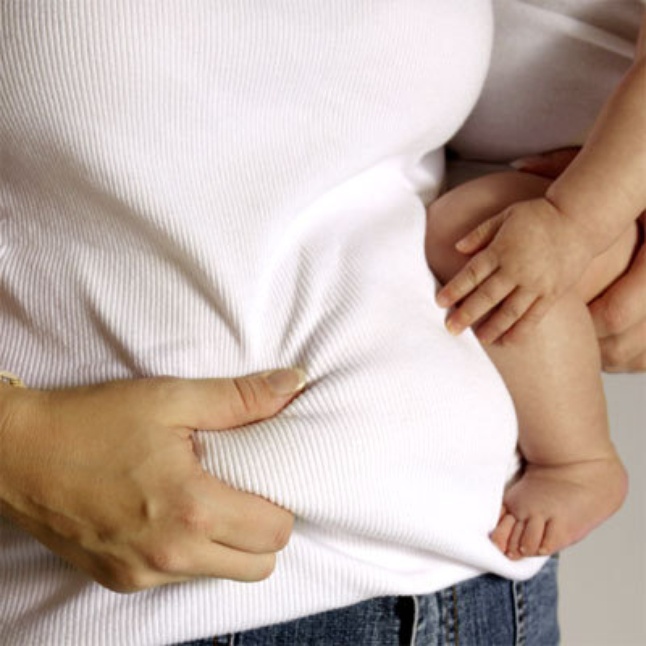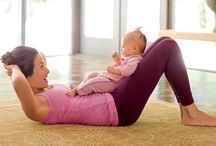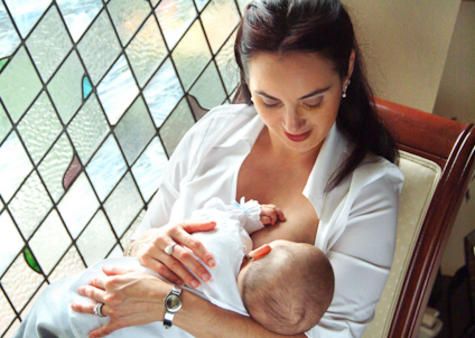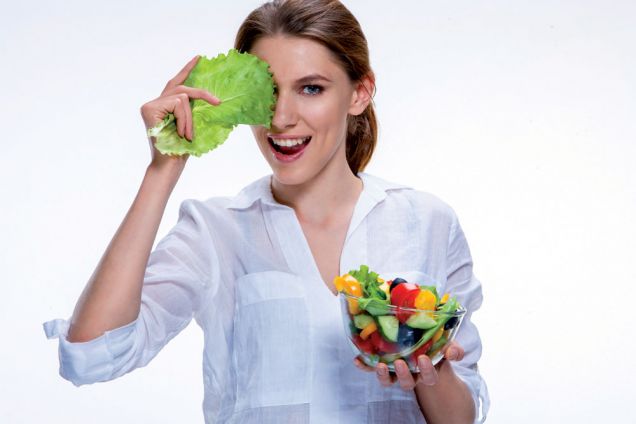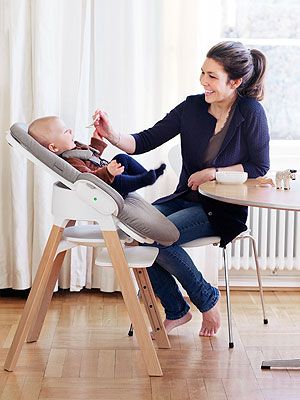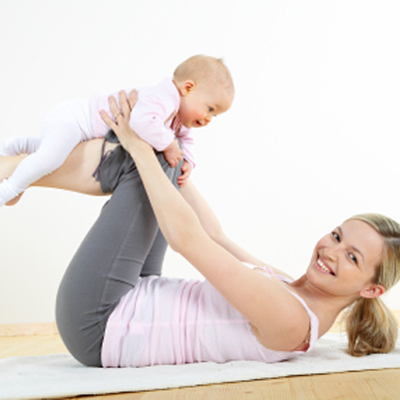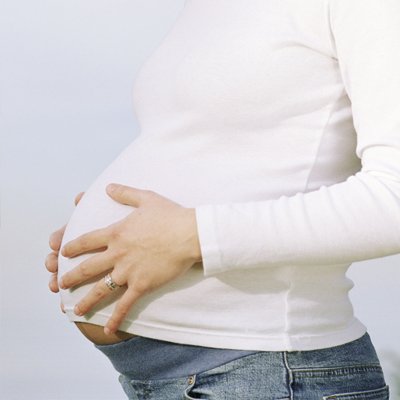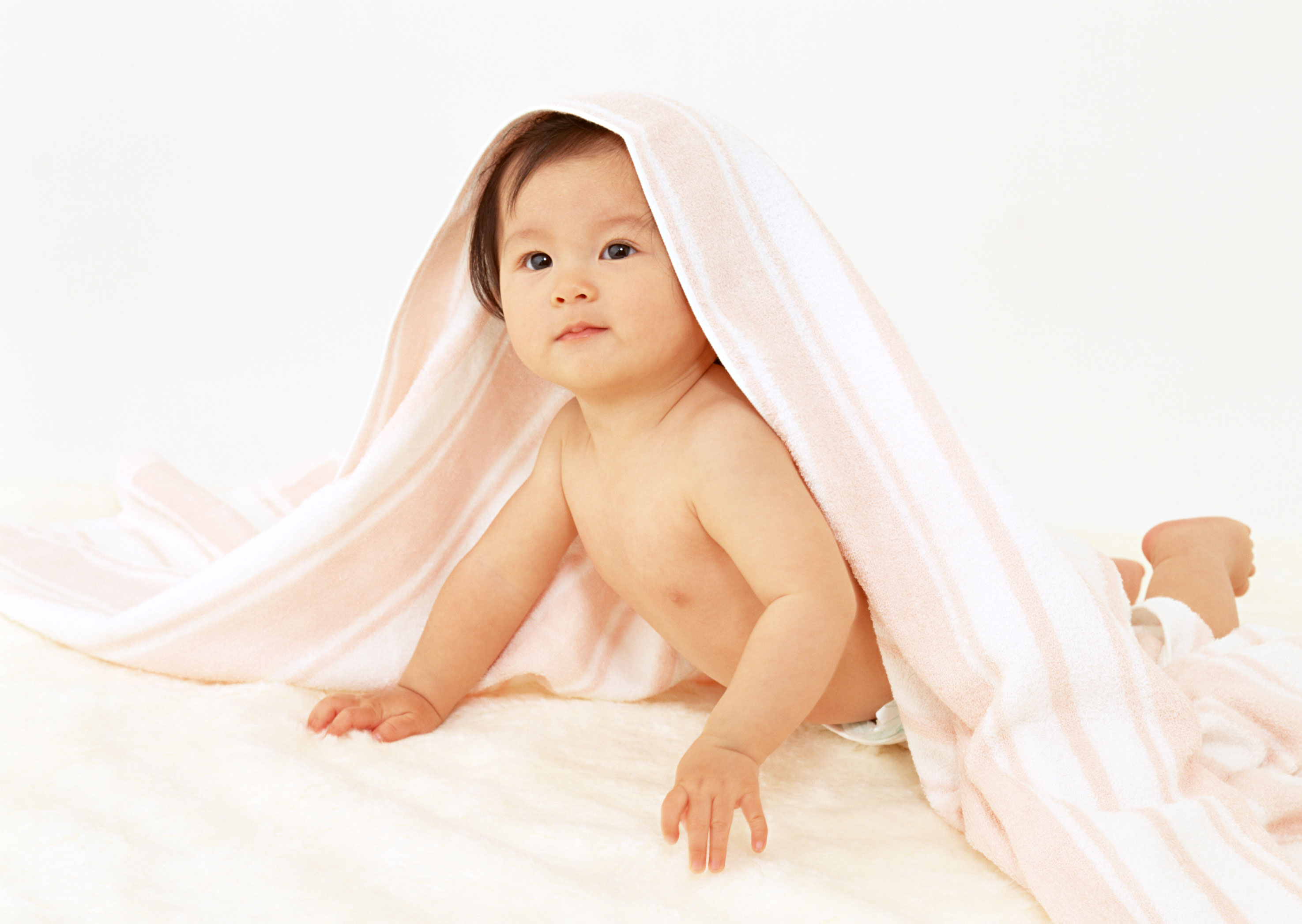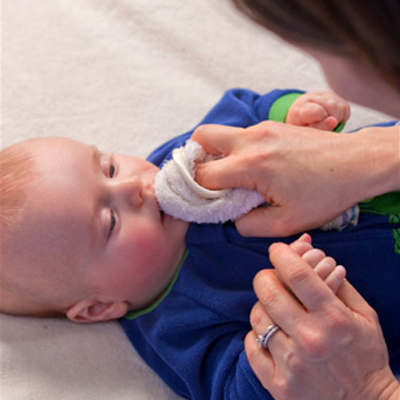A Wish of New Year: Losing the Baby Weight
You’re thrilled about your new little bundle of joy, and ready to start shedding what's left of the baby weight.
These tips will help you get closer to retiring those maternity clothes. 1. Grab Your Stroller No time to exercise? No problem. You can squeeze fitness into your baby-and-me routine. Pushing that baby stroller makes walking a workout. “Start slow and build up gradually by adding more hills for more intensity,” says Lisa Druxman, certified fitness professional, co-author of Lean Mommy, and founder of Fit4Mom. She recommends doing stroller lunges to help tone your lower body: Take long strides and lower your body down until your front thigh is almost parallel to the ground. Slowly squeeze your thighs and glutes as you come up. 2. Sleep When Baby Sleeps “Sleep deprivation slows post-pregnancy weight loss,” says Elizabeth Ward, RD, author of Expect the Best: Your Guide to Healthy Eating Before, During, and After Pregnancy. “Exhaustion can drive you to overeat comfort foods, such as sweets and chips, and make you feel too tired to exercise.” Pumping milk also lets your partner handle those 2 a.m. feedings.
3. Strengthen Your Mommy Muscles Your belly, back, and hips are the body parts most affected by pregnancy and childbirth, exercise physiologist Richard Weil says. He suggests three moves to target these areas: Crunches for your abs. Superman lifts for your back: Lie on your belly and lift your right arm and left leg. Lower them back down, and then raise your left arm and right leg. Side leg raises for your hips: Lie on one side and raise your top leg up and then back down. For extra resistance, use an exercise band around your ankles when you do this move.
4. Know the Benefits of Breastfeeding Breastfeeding burns 300 or more calories per day. It's great for your baby, both for the nutrition and for mother-baby bonding, says Carolyn Brown, RD, a nutritionist at Foodtrainers in New York. For extra calcium, especially if you breastfeed for more than 5 months, Ward recommends eating one or two calcium-rich snacks a day. Cottage cheese and kale chips are great sources of calcium.
5. Stock Up on Snacks Stock up on prepackaged healthy snacks that you can grab and eat in little time, Ward says. She recommends planning meals and snacks around proteins to stay full longer. Try part-skim cheese sticks, individual servings of Greek yogurt, and tuna and salmon (in a can or pouch) to add to salads and prewashed greens. 6. Use A Red Plate Control your portion size by using a red plate. Your brain will be fooled because it will automatically think, “Stop!" says Susan Albers, psychologist and author of Eat Q. Another dinnerware tip: Skip the spoon. “We often use a spoon as a shovel,” Albers says. She also suggests using smaller flatware, which will make you eat more slowly. And using the hand you don't write with may help you eat less, one study shows. 7. Eat With Baby Once junior is old enough to sit in a high chair and feed himself, the two of you can make it a date, nutritionist Maryann Jacobsen, RD, says. "Moms often put all their energy into their baby and forget about themselves.” But you need fuel, too.
8. Hydrate With Food The Association of Reproductive Health Professionals recommends drinking 11.5 cups of fluid daily, but you don’t have to bore yourself with plain water. You can also enjoy water-rich fruits (watermelon, berries, grapes, and peaches) and vegetables (tomatoes, lettuce, summer squash). These foods will help you feel fuller on fewer calories. 9. Pop Pistachios Nosh on a healthy snack that takes time to unwrap, so you end up not cracking open as many. Plus, all those empty shells are a visual cue that you’ve had plenty, so you may eat less. Pistachios are also lower in calories than most other nuts (100 calories per 30 nuts).
10. Forget About Going On A Drastic Diet It's not a good idea for you or your baby. Cutting calories severely can sap your energy, Ward says. If you’re breastfeeding, cutting calories too much could also mean producing less milk, and the milk you make may be of a lower quality. So take your time, and focus on healthy weight loss. Eat at least 1,800 calories daily to shed weight safely and effectively. Add 500 more calories if you’re nursing, according to the Association of Reproductive Health Professionals. Written By Chryso D'Angelo Retrieved From
|
|





